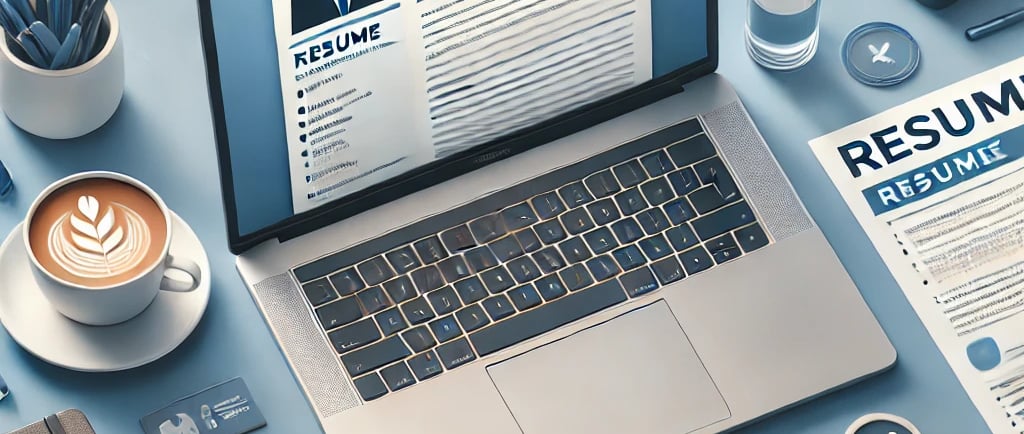Top Resume Mistakes You’re Probably Making—and How to Fix Them
Your resume is often your first introduction to a potential employer. But is yours opening doors—or closing them? Many job seekers unknowingly make common resume mistakes that can cost them an interview. Let’s break down the biggest offenders and how to fix them, so your resume stands out for all the right reasons.
Kamy Charles
1/22/20252 min read


1. Generic Summaries That Say Nothing
Starting your resume with a vague, cookie-cutter summary like “Results-driven professional seeking opportunities to grow” isn’t doing you any favors.
Fix: Craft a compelling professional summary tailored to the specific job. Highlight your unique skills, measurable achievements, and what makes you a standout candidate.
💡 Example:
"Experienced marketing professional with 5+ years in digital strategy, driving 20% revenue growth through targeted campaigns. Passionate about leveraging data to optimize customer engagement."
2. Length: Too Long or Too Short
A resume that’s either too wordy or lacks detail can frustrate recruiters. They typically spend 6-8 seconds scanning resumes—make those seconds count.
Fix: Keep your resume to one page if you’re early in your career or two pages for experienced professionals. Use concise bullet points and prioritize relevant experiences.
3. Failing to Tailor Your Resume for Each Role
Sending the same resume for every application might save time, but it doesn’t show effort. Employers can tell when a resume hasn’t been customized for their role.
Fix: Read the job description carefully and align your experience with their requirements. Use keywords from the posting to get past Applicant Tracking Systems (ATS).
4. Poor Formatting That’s Hard to Read
If your resume isn’t visually appealing, it may not get a second glance. Overly complicated designs or cluttered sections can distract from your qualifications.
Fix: Stick to clean, professional formatting. Use fonts like Arial, Calibri, or Times New Roman, and ensure clear headings for each section (e.g., Experience, Skills, Education). Keep margins consistent and avoid excessive graphics.
5. Ignoring ATS Requirements
Many companies use Applicant Tracking Systems (ATS) to screen resumes. If your resume isn’t ATS-friendly, it might be rejected before a human even sees it.
Fix: Avoid fancy designs and ensure your resume includes industry-specific keywords. Stick to standard file formats like Word or PDF. Use simple headings and avoid embedding text in graphics or tables.
Bonus Tips for a Winning Resume
Proofread: Typos and grammatical errors can make you look unprofessional.
Don't forget
Highlight Achievements: Focus on accomplishments, not just job duties. Use measurable results wherever possible (e.g., “Increased sales by 15%” or “Managed a $500K project budget”).
Keep It Current: Don’t forget to update your resume regularly to reflect new skills, certifications, and roles.
Why It Matters
Your resume is your first impression—it’s your opportunity to show hiring managers why they need you on their team. By avoiding these common mistakes and focusing on clarity, relevance, and professionalism, you can greatly increase your chances of landing an interview.
